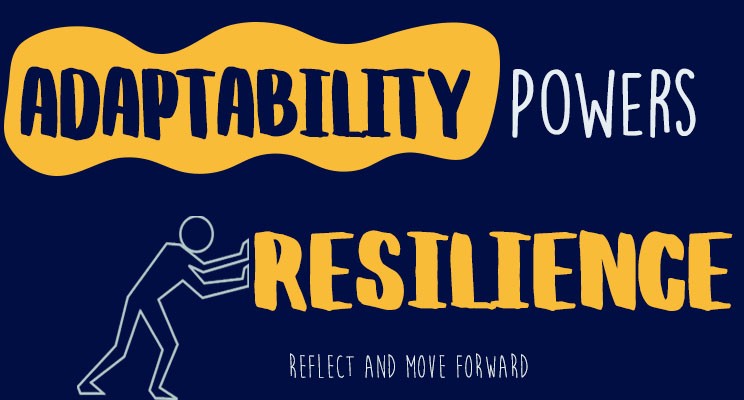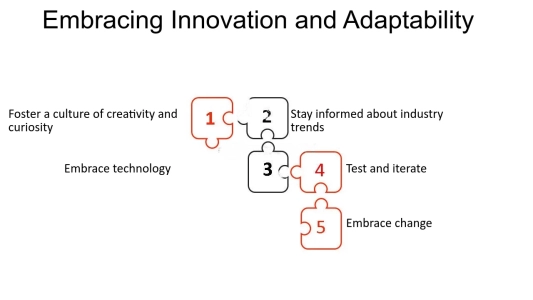
Introduction:
In the ever-evolving landscape of contemporary sales strategy, the need for adaptability and innovation has never been more critical. “The Challenger Sale” by Matthew Dixon and Brent Adamson emerges as a guiding light, illuminating a path for organizations eager to revolutionize their approach to selling. This literary masterpiece not only imparts a profound understanding of the Challenger methodology but also heralds a transformative shift in the paradigm of sales. In this comprehensive exploration, we embark on a journey through the key principles, innovative insights, and actionable strategies that make “The Challenger Sale” an indispensable read for anyone navigating the fiercely competitive landscape of sales.
Understanding the Challenger Approach:
At the core of “The Challenger Sale” lies a revolutionary concept—the Challenger approach. Dixon and Adamson challenge the status quo of conventional relationship-building techniques, introducing a new archetype of sales professionals—the Challengers. These individuals transcend the traditional approach of merely meeting customer needs; instead, they take on the role of guides, leading customers toward new perspectives and insights.

The fundamental characteristics of a Challenger are explored in depth, emphasizing the pivotal shift from a customer-centric to an insight-centric paradigm. The authors underscore the critical importance of challenging customers’ thinking to instigate meaningful and transformative change in the sales process. This shift in mindset marks a departure from the ordinary and opens the door to a more profound connection with clients.
Top Takeaways for Sales Professionals:
For sales professionals aspiring to elevate their performance, “The Challenger Sale” provides a treasure trove of invaluable insights. Dixon and Adamson distill years of extensive research into practical advice, laying out a comprehensive roadmap for enhancing sales effectiveness. The book addresses the profound significance of reframing the customer’s worldview, encouraging sales representatives to go beyond meeting needs and challenge the very foundations of how customers perceive their problems and solutions.

Authenticity in challenging the value proposition is another key takeaway, emphasizing the need for genuine engagement and a departure from scripted interactions. The section meticulously highlights the top five lessons for sales representatives eager to not only embrace but also implement the Challenger approach. The focus is on fostering a transformative mindset that transcends conventional sales strategies, leading to sustainable success in a rapidly changing business landscape.
Implementation Strategies:
Recognizing that conceptual understanding alone cannot guarantee success, Dixon and Adamson offer a detailed blueprint for implementing Challenger strategies. The book serves as a comprehensive guide for creating a cultural shift within organizations—one that nurtures collaboration and innovation, with a specific focus on institutionalizing Challenger behaviors.

From the intricate processes of recruiting and training Challenger salespeople to navigating potential challenges during the transformative phase, the authors meticulously guide organizations through the intricate process of revolutionizing their sales approach. The implementation strategies empower readers with practical steps, ensuring a seamless integration of Challenger strategies and the attainment of sustained success.
Navigating Challenges and Criticisms:
No sales methodology is impervious to criticism, and the Challenger approach is no exception. This section bravely addresses common criticisms and challenges associated with the Challenger model. By openly acknowledging potential drawbacks, organizations can make informed decisions about whether and how to integrate these revolutionary strategies into their sales practices.

The approach not only fosters adaptability and resilience within sales teams but also ensures a nuanced understanding of the model’s limitations, facilitating more effective implementation. Understanding the potential challenges and criticisms becomes a key element in the successful adoption of the Challenger approach, allowing organizations to navigate potential roadblocks with a clear and informed perspective.
Global Applicability and Cultural Considerations:
While asserting the universal applicability of the Challenger model, Dixon and Adamson demonstrate a keen awareness of the importance of cultural adaptation. This section explores how organizations can implement the Challenger approach in diverse global markets, taking into account cultural preferences and communication styles.

The authors emphasize the need for a nuanced and culturally sensitive approach that respects and integrates local perspectives, making the Challenger model adaptable to various cultural contexts. In doing so, organizations can ensure a seamless global implementation and maximize the effectiveness of the Challenger strategies.
Real-world Success Stories:
Concrete examples breathe life into theoretical concepts, and “The Challenger Sale” excels in this aspect by presenting real-world success stories. These compelling case studies showcase companies that have not only embraced but also successfully implemented the Challenger Sale methodology.

The stories narrate remarkable results achieved by challenging conventional sales wisdom, emphasizing the practical effectiveness of the Challenger model. By highlighting these successes, Dixon and Adamson reinforce the credibility and reliability of the Challenger approach, providing inspiration and invaluable insights for organizations embarking on this transformative journey.
Critique and Areas for Further Exploration:
Even groundbreaking concepts benefit from constructive critique, and “The Challenger Sale” is no exception. This section critically examines areas where the Challenger model might fall short or require further exploration. By openly acknowledging limitations, the authors invite organizations to refine their approach continuously and maximize the model’s effectiveness.

This thoughtful critique ensures the continuous evolution and improvement of Challenger strategies, fostering a culture of adaptability and innovation within sales teams. It becomes a roadmap for organizations to address potential shortcomings and refine their Challenger strategies, contributing to the ongoing evolution of sales methodologies.
Conclusion:
In conclusion, “The Challenger Sale” stands as a compelling guide for organizations seeking not just incremental improvements but a revolutionary transformation of their sales strategies. From unraveling the nuances of the Challenger mindset to providing actionable strategies, this audiobook offers a comprehensive exploration, equipping sales professionals with the tools needed to thrive in a competitive landscape that is constantly evolving.
The success of “The Challenger Sale” lies not only in its thought-provoking content but also in its adaptability and continuous refinement, making it a dynamic and indispensable resource for sales leaders navigating the ever-evolving world of business. As organizations strive to master the art of persuasion, “The Challenger Sale” emerges as a beacon, illuminating the path toward a new era of sales excellence.
BlessUP 🙏
– Umair

